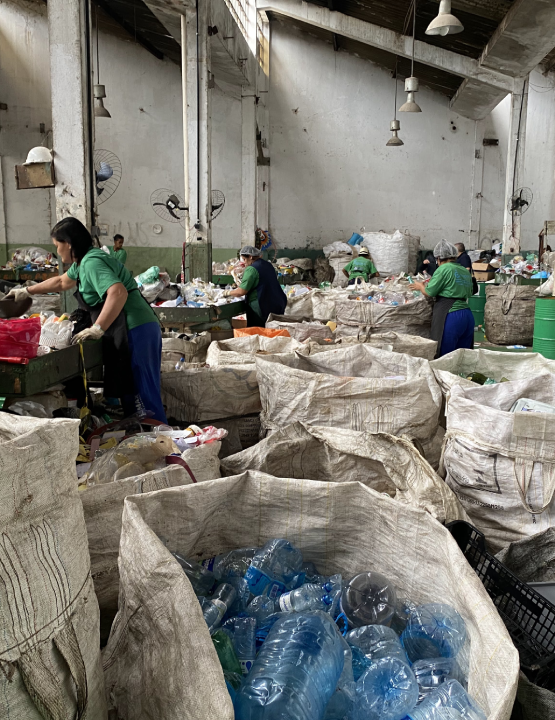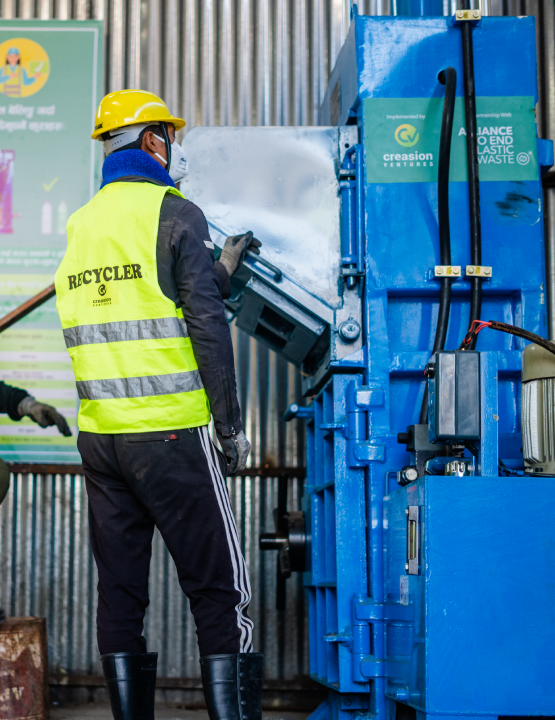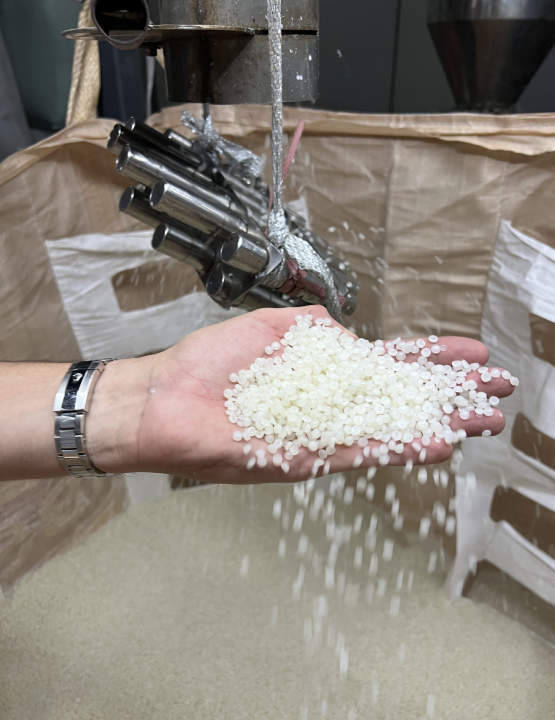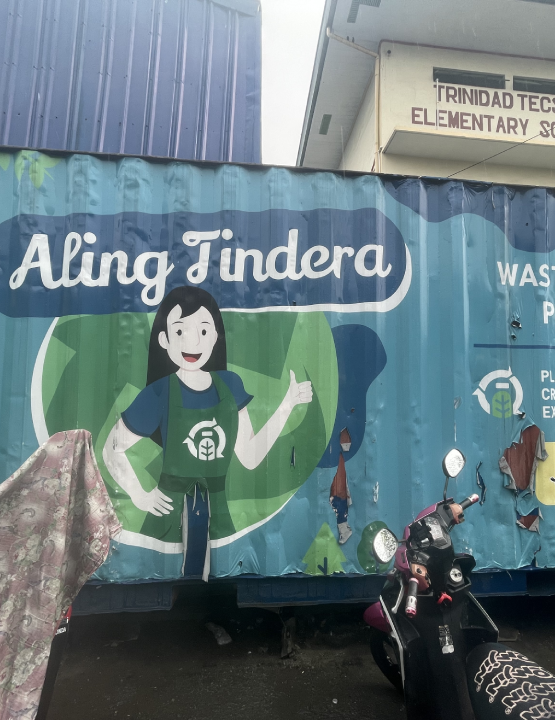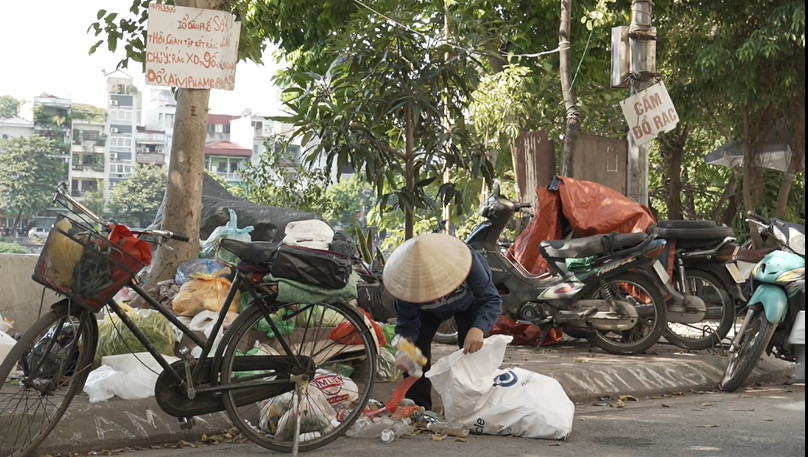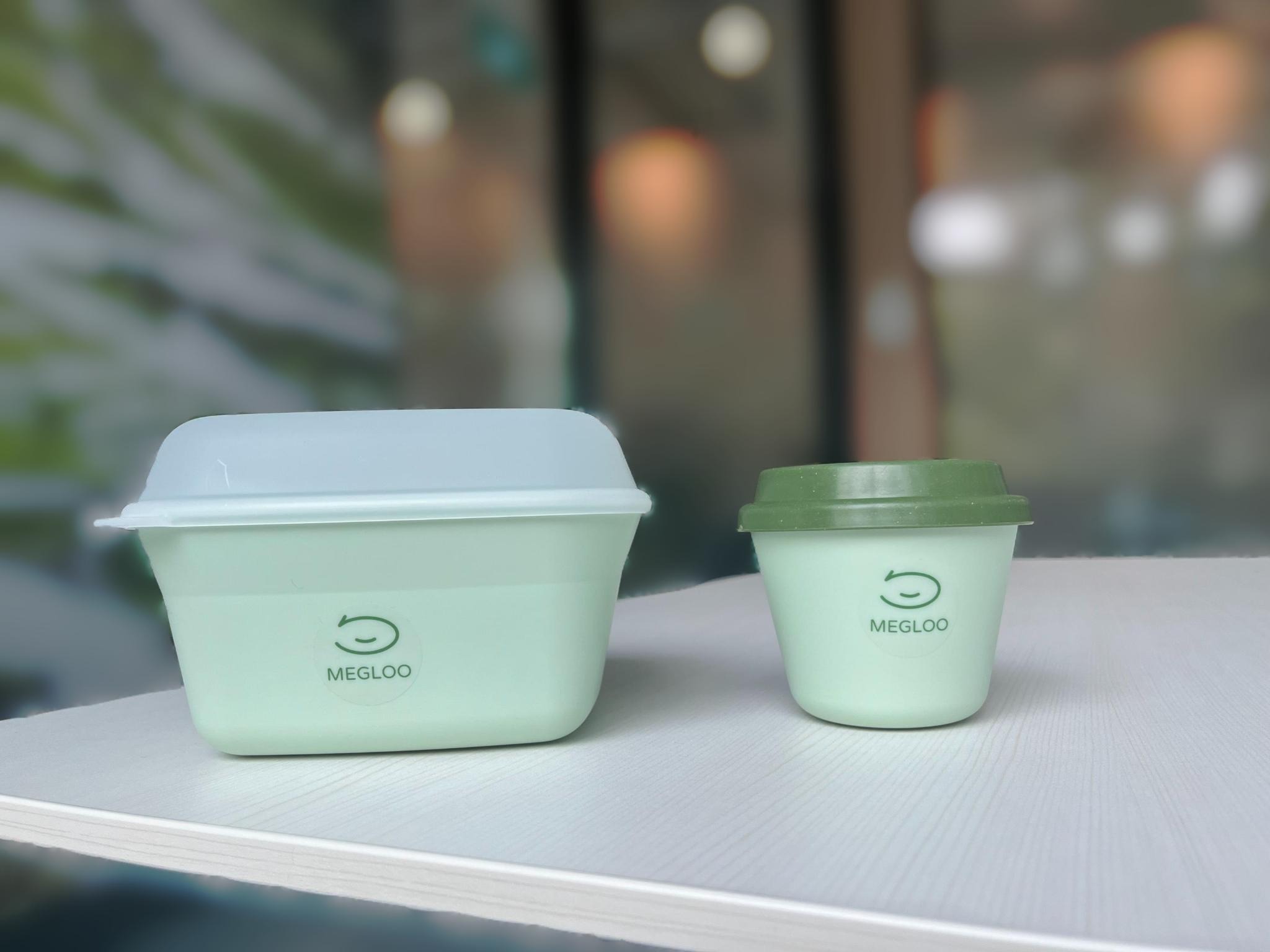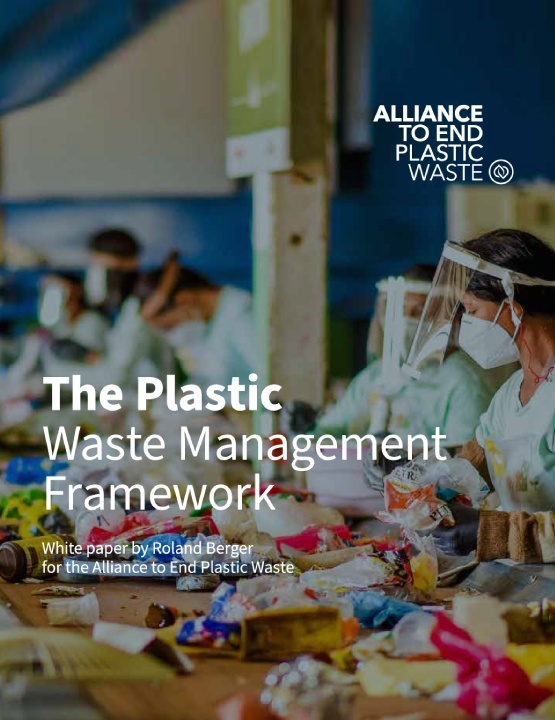Despite the availability of technical solutions to tackle plastic waste, the global recycling rate is currently around 15% or less. There are still economic barriers preventing the world from moving toward long-term solutions.

Thoughts from the Alliance: Funding the End of Plastic Waste

Overview
By Martyn Tickner, Chief Advisor of Project Development, Alliance to End Plastic Waste
When picturing our jigsaw puzzle—the roadmap to end plastic waste—there are many parts still to be explored.
However, remaining focused on regions with well-established collection infrastructure, we concluded in a previous article that the technical solutions exist—or are close to commercial reality—to eliminate plastic waste. So if the solutions exist, why are we currently only at 15% recycling rates or less in most of the world? Why is the adoption of available solutions so low? What will it take to drive recycling rates to our vision of over 85%?
The economic challenges that hinder recycling rates
The issue is—not unsurprisingly—affordability of the available solutions, or at least how to overcome a major ‘chicken and egg’ challenge. The demand for recycled plastic is growing exponentially and major brand owners have committed to utilising a significant percentage of post-consumer recyclates in their products. The deadlines for those commitments—and/or legislative requirements—are looming.
However, the recycling industry faces major challenges to meet that demand. They are:
-
Virgin Plastic’s Head Start: The petrochemical industry has spent 60 years improving technology, product quality, optimising investment and operating costs, developing large- and even mega-scale integrated facilities. Furthermore, these models are based on low-cost feedstocks from the also very mature and hence fully optimised oil and gas industry.
-
High Performance Products: Perhaps an even bigger competitive advantage for the virgin plastic producers is the ability to produce an incredible range of well-engineered, high-performing products. We tend to forget this—the success of plastics comes partly from their low cost but also from their versatility to meet highly-demanding functional requirements across a diverse range of applications. This has led to the existence of many thousands of different and highly-specific product grades; plastic is not simply ‘plastic’.
-
Quality Challenge for Recyclables: Against this backdrop, the recycling industry has to work with very poor-quality feedstocks—co-mingled, contaminated plastics derived from household waste, not designed with recycling in mind—making it difficult to produce quality products that meet the demand of high-value markets. Even when using the highest quality of used plastic streams as feedstock, it is difficult to demonstrate the controls that are required by regulated markets such as food use or even industrial and automotive applications.
-
Economies of Scale for Recycling: What works better in meeting the quality challenges is to use plastics which are kept segregated, cleaned, and dried after use. Typically, these are from either post-industrial or obtained from informal collection and drop-off/return schemes; 60% of what is recycled today is collected by the informal sector. Such streams are, however, collected on a small scale, expensive to transport, and hence inadequate to supply large-scale operations. Recyclers work with individual bales of sorted plastic, transported on trucks, operating recycling facilities at a scale of 5-30 kilotons/year. The petrochemical industry works with feedstock supplied by super-tankers and pipelines, operating plants at a scale of 300-750 kilotons/year.
Technical solutions exist or are being rapidly developed to produce high-quality recyclates, but they do not yet exist on the scale required and require a price which is much higher than the virgin quality products they are intending to displace.
Then without reliable supplies of affordable, high quality recyclates in the market, brand owners do not make the long-term purchase commitments that investors require to make major investments in supply. We hear this often in the phrase ‘the economics of recycling are broken’.
The economic challenge is illustrated in the chart extracted from the landmark The Pew Charitable Trusts and SYSTEMIQ report Breaking the Plastic Wave published in 2020. This shows marginally positive or breakeven recycling economics for only 20% of plastic packaging—80% is not economical to recycle—before considering contributing to the cost of collection.
This chart is likely to attract comments discussing what must change and who should pay, and many counter-data points and perspectives. Such debate is well deserved; the economics of recycling are highly situational, open for debate, and continuously evolving.
However, to underpin the statement made in an earlier article Believe in Recycling, some aspects have already changed that improve on this picture. For example, the price of virgin plastic is strongly linked to the price of oil, which is now at least 40% higher versus 2016. (Editor's note: As of November 2021, the price has since doubled.) In addition, the demand for recyclates and the willingness of brand owners to pay premium prices is growing rapidly. The economics will further improve with scale, technology, redesign, and policy interventions. The same PEW and SystemIQ report projects recycling of plastics used in consumer applications to increase by 2040 to 54% through mechanical recycling and 20% by chemical recycling.
We should draw further confidence from one market that already works very effectively—recycling of PET bottles.
Why recycling of PET bottles works
The secret sauce of PET bottle recycling is that such bottles are easily recognised, efficient to collect, and generally clean—thus creating a high-quality feedstock, collected globally by informal sector workers, salvaged from municipal waste, or collected via drop-off points and reverse vending machines. This has enabled a reliability of supply which started to feed the available demand.
Post-consumer PET that cannot be used in closed loop bottle-grade to bottle-grade recycling finds ready open loop outlets, such as trays and textiles. This further increases demand for, and cost effectiveness of, recycling.
The result is that PET bottles are being recycled—60% is typical in Europe. Norway achieves 97%; Japan and Sweden 85%; India 80%. Even then, demand is outstripping supply, so recycled PET trades at a significant premium, which in turn supports additional investment in collection and recycling infrastructure. Market economics are clearly at work!
Can we translate the success of PET recycling to other plastics?
The answer is a resounding yes.
Next up after PET is HDPE rigid containers used for milk and juices, personal care, and household cleaning products. Here we need to institutionalise improvements in recyclate quality to close the loop—dealing with odours and mechanical properties—and facilitate large-scale investments to break through the chicken and egg issue.
Another large volume application in reach is PP rigid packaging, which has the additional challenges of a very broad range of products and the highest volume application being for food use. Closed loop mechanical recycling—food grade to food grade—needs to demonstrate the origin of the used plastic, but in the case of PP without the advantage of such clearly recognisable and collectible articles such as PET bottles and HDPE milk and juice cartons. New technologies are coming to facilitate highly accurate sorting; without these, a significant proportion of recycled PP will be via open loop mechanical recycling to lower value applications; or via chemical upcycling—consistent with our explanation of cascade recycling in a previous article.
After PET, HDPE and PP, we can then talk about PE and PP films, flexible packaging, sachets, and pouches—each one with its own interesting challenges, and where product design will play an even more important role.
The good news is that there are projects targeting demonstration of the solutions to all these challenges. Supporting such projects and resolving the chicken and egg issue is a major focus of the Alliance.
Nevertheless, large amounts of capital will be required to create the needed infrastructure.
Hence, some form of economic intervention is likely to be necessary—whether through policy or market forces—in order to kick-start and support improvement in recycling rates.

